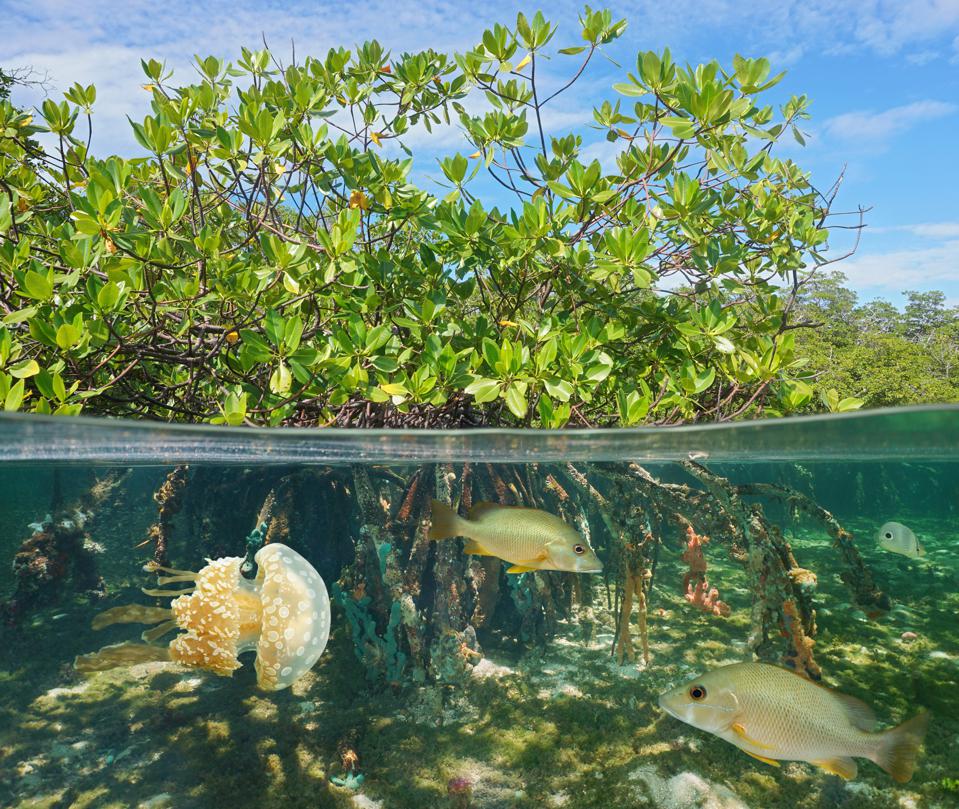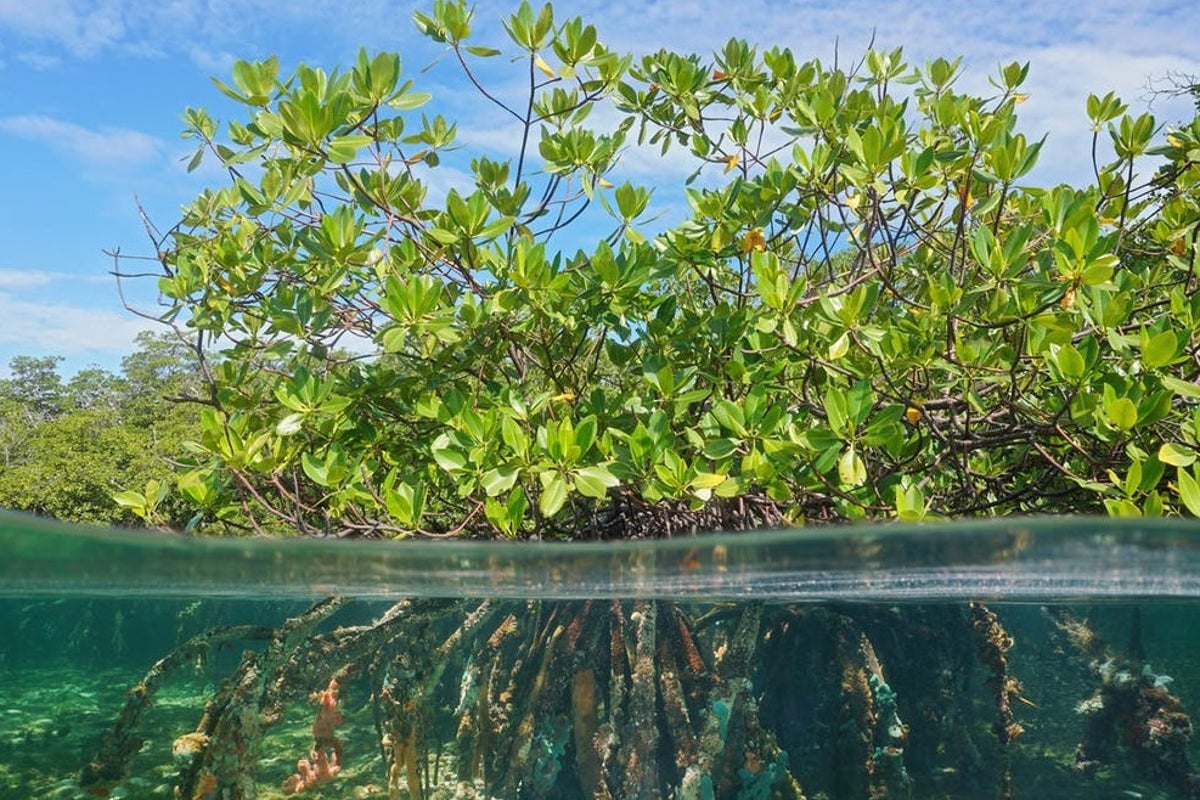Waking up to US$513 million mangrove assets
While you were busy buying NFT's, Indonesia woke up one day to discover it had US$513 million in mangrove assets. In this article we'll react to this while referring to the paper "Global potential and limits of mangrove blue carbon for climate change mitigation".
Summary
In this paper, Zeng et al. quantify how many mangrove forests could be considered profitable investment vehicles using blue carbon financing. Ultimately, the research team label 20% of global mangrove forests as "investible" in the sense that they qualify for blue carbon financing.
Through net present value calculations, they highlight that only 10% of global mangrove forests would be profitable over a 30 year time period. This 10% contributes up to 29.8 MtCO2e year−1 and could yield a return on investment of ∼US$3.7 billion.

What does this even mean?
So... in terms of carbon, if we were to finance all the potentially profitable blue carbon mangrove protection projects, we would only mitigate about 0.13% of annual global carbon dioxide emissions, which isn't much. That might seem insignificant, but it's an important figure.
Why? Because we can give intrinsic value to the mangrove forests. In the case of Indonesia, that's US$513 million, which encourages mangrove preservation. If the price of carbon went up to ∼US$9.4 t−1CO2e, that value might increase by 10%, and we could generate up to US$3.7 billion of mangrove assets globally.

Now, in my opinion, the paper highlights one of the most annoying parts of blue carbon credits: "additionality". In the context of this study, this means that a mangrove area can only be assigned UN blue carbon credits if it is considered to be imminently at risk of destruction.
This is why, globally, 80% of mangroves are not eligible for blue carbon financing.

It would be great to see the innovation and development of conservation financing mechanisms to protect these other areas.
So what can we do? In the meantime, we ought to explore mangrove restoration blue carbon projects. Restoration is an important facet of this debate which isn't explored by the paper. Up to 30% of mangroves have been lost globally in the last 50 years and mangrove restoration projects are investible through blue carbon credits.

Share this:
Tweet



